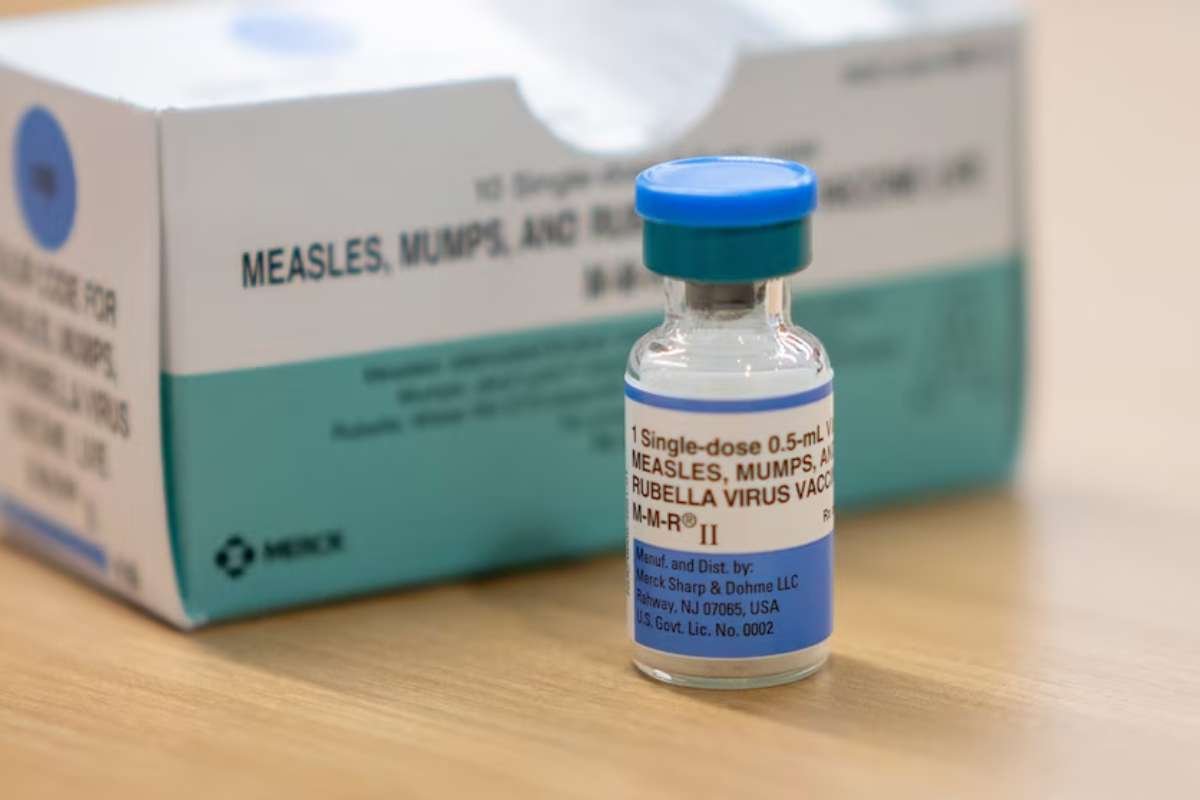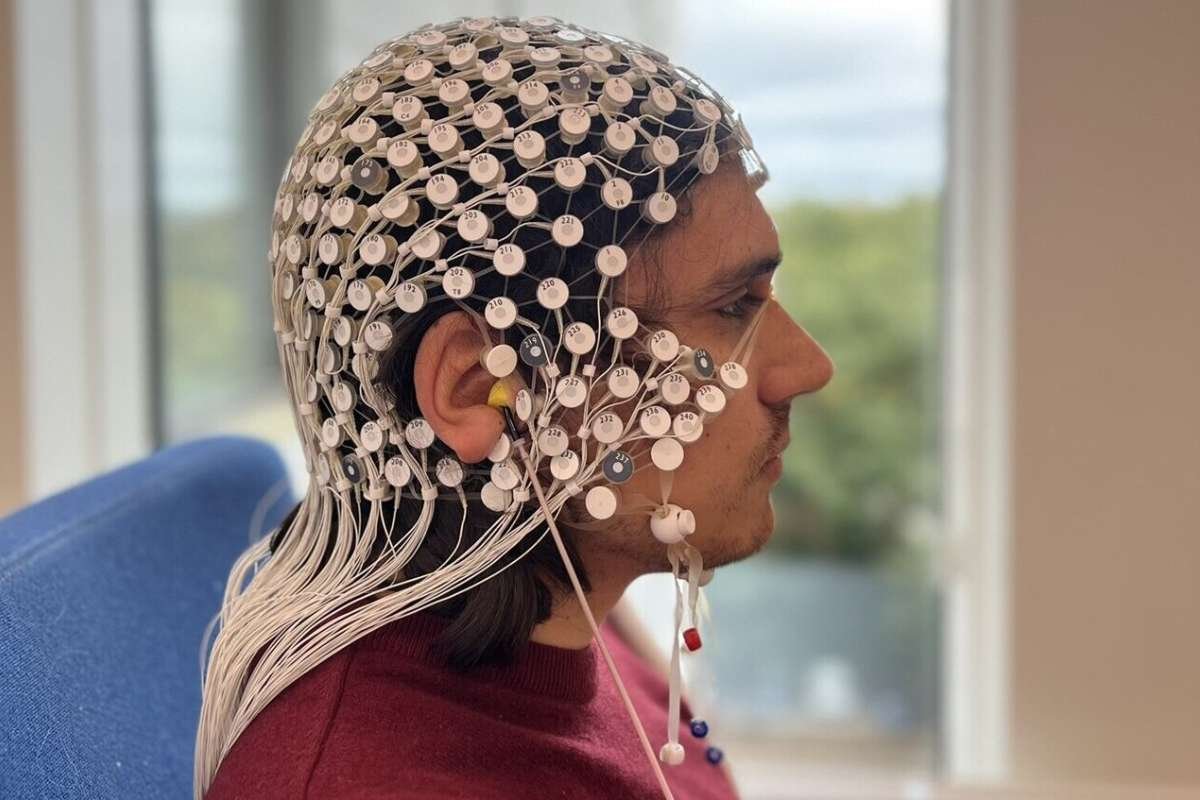If you or someone you know is taking the type 2 diabetes medication Ozempic, you may have heard of the term “Ozempic face.” So, what is it, and why does it happen?
According to doctors, Ozempic face is a term used to describe a side effect of the medication that causes facial fat loss, or lipoatrophy. This can lead to a hollowing of the cheeks, temples, and eyes, as well as deepening of the nasolabial folds (lines between the nose and mouth).
While this side effect can be distressing for those experiencing it, doctors say that it is not dangerous or harmful to overall health. However, it can have a significant impact on a person’s self-esteem and quality of life.
Ozempic – Uses, dose, benefits and side effects
So, why does Ozempic Face cause this side effect?
According to Dr. Maureen Clements, an endocrinologist at Georgetown University, the medication works by activating a receptor in the body that regulates blood sugar and metabolism. While this can be beneficial in treating diabetes, it can also cause a breakdown of the fat cells in the face, leading to the characteristic “Ozempic face.”
However, not everyone who takes Ozempic will experience this side effect. Dr. David Nathan, a diabetes expert at Harvard Medical School, notes that it appears to be more common in people who are already thin or have a low body mass index (BMI). He also notes that the side effect is usually more pronounced in people who have been taking the medication for a longer period of time.
If you are experiencing Ozempic face and are unhappy with the changes to your appearance, there are a few options for addressing the issue. One is to switch to a different medication. There are other medications available for treating type 2 diabetes that do not carry the same risk of facial fat loss.
Another option is to try injectable fillers, such as Sculptra or Radiesse. These fillers can help restore volume to the face and reduce the appearance of hollowing. However, they can be expensive and may require multiple treatments over time.
Finally, some doctors recommend taking a break from Ozempic to allow the fat cells in the face to regenerate. While this can be a difficult decision for those who rely on the medication to manage their diabetes, it may be worth considering if the side effect is causing significant distress.
It is important to note that any changes to medication or treatment should be done in consultation with a healthcare provider. They can help weigh the risks and benefits of different options and determine the best course of action for each individual patient.
In conclusion, while Ozempic face can be a distressing side effect of the medication, it is not harmful to overall health. There are options for addressing the issue, including switching to a different medication, using injectable fillers, or taking a break from Ozempic. As always, it is important to work closely with a healthcare provider to determine the best course of action for managing diabetes and any associated side effects.






.jpg)
